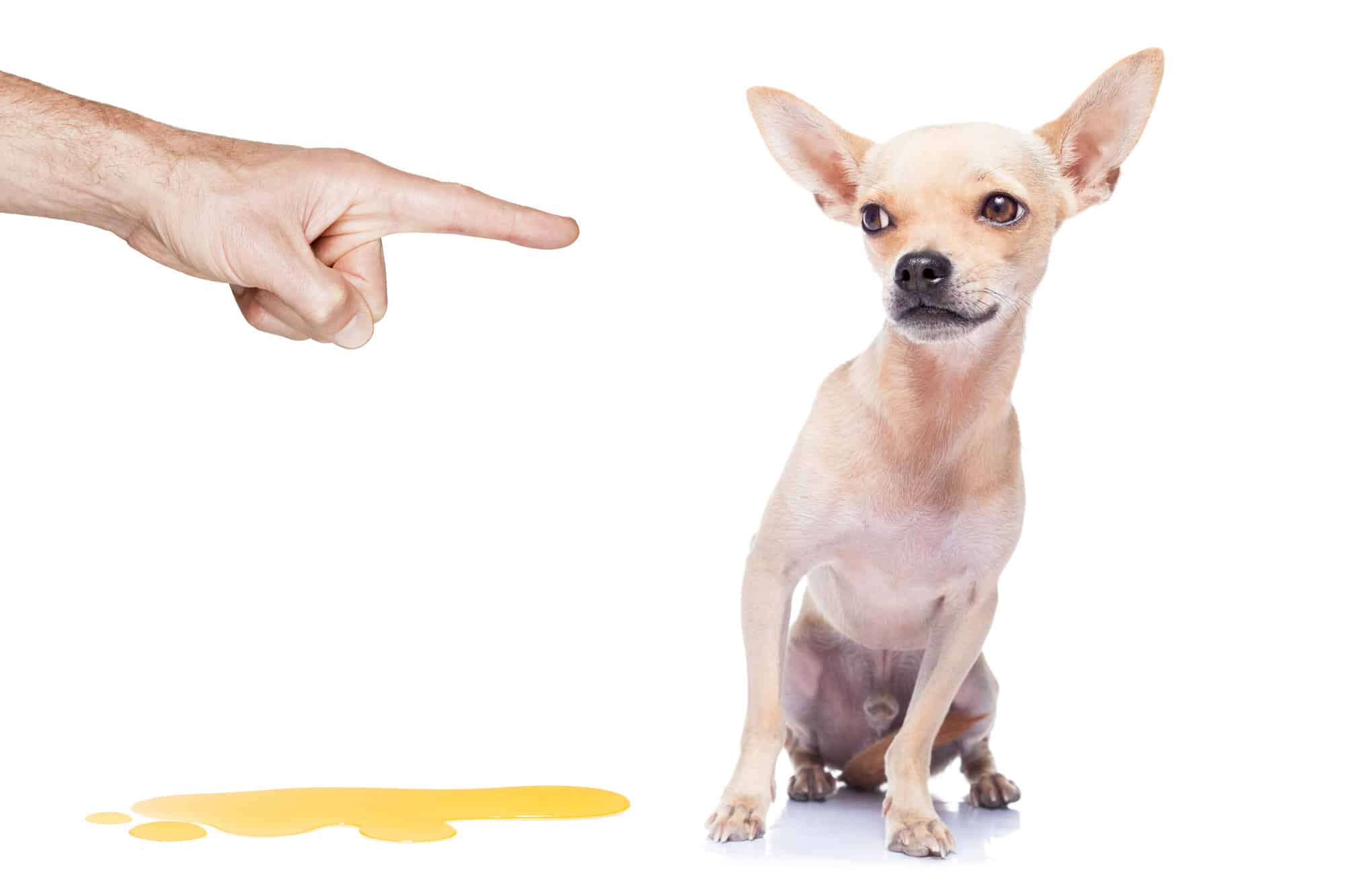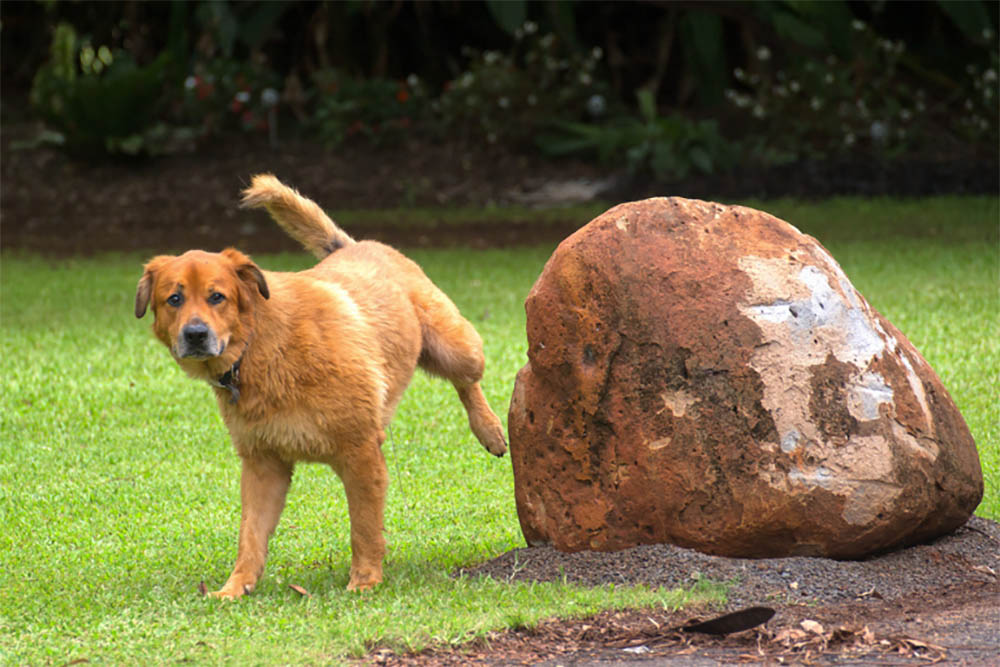Table Of Content
- Why Is My Dog Peeing in the House and How Do I Stop It?
- Your Dog Should Do This 30-Day Training Challengeopens in a new tab
- Ways How to Stop Your Dog Peeing in the House
- Train your dog to stop marking
- How to Stop Your Dog From Peeing & Pooping in the House: 11 Tips & FAQ
- How to stop a dog from peeing in the house

Introducing a new puppy to your family may also cause your adult dog to revert back to inappropriate habits, like urinating in the house. Any adult dog who is accustomed to going potty on puppy pads can have urinary accidents if you are attempting to transition them to go potty outside. Spaying or neutering can help prevent urination problems in dogs by reducing hormone-driven behaviors such as marking or territorial aggression. It’s essential to consult with your veterinarian to determine if spaying or neutering is appropriate for your dog and address any underlying behavioral issues. Yes, medical conditions such as urinary tract infections, bladder stones, diabetes, or kidney disease can cause a dog to urinate in the house. If you suspect that your dog’s urination issues are due to a medical condition, consult with your veterinarian for a proper diagnosis and treatment plan.
Why Is My Dog Peeing in the House and How Do I Stop It?
These tips can teach you how to stop a dog from peeing in the house and keep your sanity. Sign up to receive our exclusive e-book full of important information about caring for your pet, including training techniques and answers to frequently asked questions. Other possible urinary issues your vet might find include cystitis (inflammation of the bladder), crystals in the urine, bladder stones, structural abnormalities, and even tumors. Most urinary issues can be treated with medications, supplements, and/or diet changes. In more extreme cases, issues like bladder stones may require surgery. If your dog refuses to go outside to pee when it’s raining, try using an umbrella or raincoat to keep them dry.
Your Dog Should Do This 30-Day Training Challengeopens in a new tab
If your dog only pees inside when you’re not home, it could be due to separation anxiety or lack of housetraining. Providing your dog with mental stimulation, exercise, and a consistent routine can help address the issue. On the behavioral side, there are many reasons why adult dogs may suddenly start to pee in the house.
Ways How to Stop Your Dog Peeing in the House
Do not hesitate to seek professional help if everything becomes too much for you to handle. Once he is done peeing, that is the time you can allow him to play and have fun outdoors as a reward. Drinking too much contributes to inappropriate urination within the house. Generally, the water intake of dogs is roughly 1–2 cups of water per 10 pounds of body weight. If you observe that he consumes beyond the advised amount, make the right adjustments. Punishing your dog for peeing in the house is not recommended, as it can create fear, anxiety, and confusion.
Train your dog to stop marking
Take notes about your dog’s behavior and when they do certain things — eating, sleeping, drinking water and going potty. “This allows you to track how long they are holding it and help get you both on a routine to success,” Ellis says. Getting your dog to pee outside may be as simple as adjusting their potty schedule to fit their daily rhythm. Certain health problems may lead to urinary issues, such as kidney disease, diabetes, and Cushing's disease. Your dog could be experiencing an injury, joint issues, or arthritis, making it painful for them to get up to go outside for potty breaks. Your vet may recommend additional diagnostic testing to rule out one or more diseases depending on your dog's other symptoms (if any).
Swim at Rosie’s Dog Beach
Major and minor changes in the house can sometimes be overlooked as a cause of your dog having urinary accidents. Analyzing the situation and working with your vet can help determine the root cause for your dog’s sudden change in potty behavior. Some dogs pee in the house because they are nervous, anxious or overly excited.
National Trust plans 'wee poles' to stop dogs urinating on historic sites - The Telegraph
National Trust plans 'wee poles' to stop dogs urinating on historic sites.
Posted: Wed, 21 Feb 2024 08:00:00 GMT [source]
Introduce the litter box or pee pad gradually, use positive reinforcement, and provide consistent opportunities for your dog to use the designated potty area. In this article, we will discuss how to stop your dog from urinating in the house, including 7 interesting trends related to the topic. We will also include quotes from 4 professionals in the field to provide expert advice and insights.
You can also create a designated bathroom area indoors, such as a pee pad or artificial grass, for your dog to use during inclement weather. Dogs often pee in spots that smell like urine, so if you don’t use an enzymatic cleaner to remove the odor, they will consider it the place to pee. If your dog lets you know when they need to go out when you’re home, this may not be necessary. However, it’s also possible they’ve gone in the house while you were home, but you didn’t notice right away and assumed it happened when you were out. I’ve heard this many times from people who didn’t realize their dogs had peed inside until they started keeping a closer eye on them.

In this article, we will discuss how to stop your dog from peeing in the house, as well as explore some interesting trends related to the topic. Accidents in the house can be a sign of a medical issue in older dogs, such as urinary incontinence, arthritis, or cognitive dysfunction. If your older dog is suddenly having accidents, consult with your veterinarian to rule out any potential health problems and discuss appropriate treatment options. The time it takes to train a dog to stop peeing in the house can vary depending on the dog’s age, breed, temperament, and previous training. With consistent training, positive reinforcement, and patience, most dogs can be successfully potty trained within a few weeks to a few months. Confining your dog to a specific area of the house may be necessary to prevent accidents while you work on training them to urinate in appropriate areas.
While it can be incredibly frustrating, urinating in the house, whether it be a behavioral issue or driven by a health problem, is not something your pup can control. Below, we walk you through the various reasons why your dog may be peeing in the house and share our top tips on how you can get them to stop. One of the saddest reasons for a dog peeing indoors is fearfulness, no matter how small or big the dog is. There is always a reason and more often than not that reason is the owner.
They usually outgrow inappropriate urination but trying to reduce the levels of excitement in the meantime can help. There may also be more serious underlining health problems or a medical condition such as bladder stones. If this is the case, the veterinarian would have to recommend the best option for bladder stones, normally surgery. Making your own Shaker Bottle can often help you stop dogs from frequent peeing in the home. As soon as you notice your pooch doing the pee dance which inevitably involves sniffing, circling and finally squatting give the bottle a firm shake or spray him with the water.

No comments:
Post a Comment